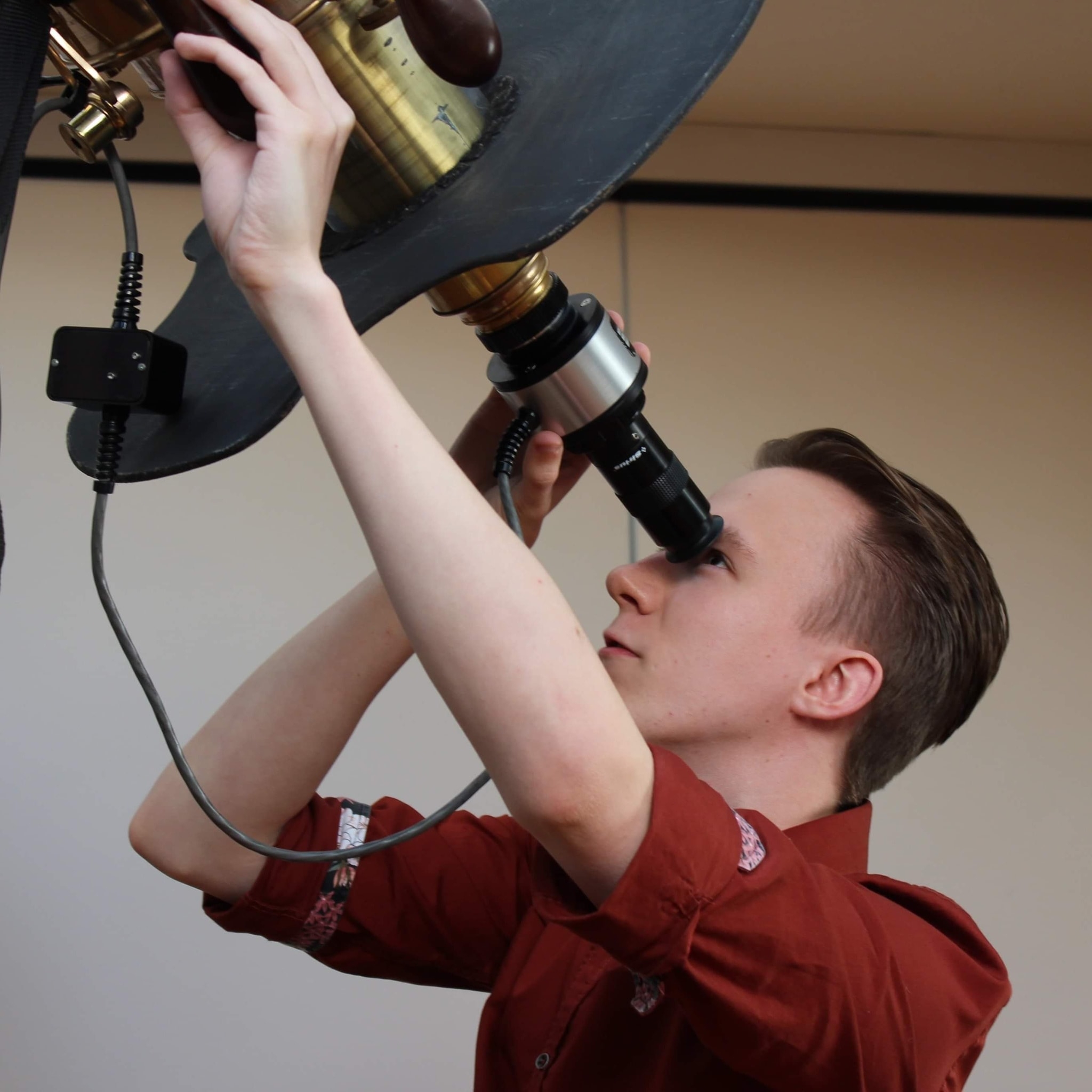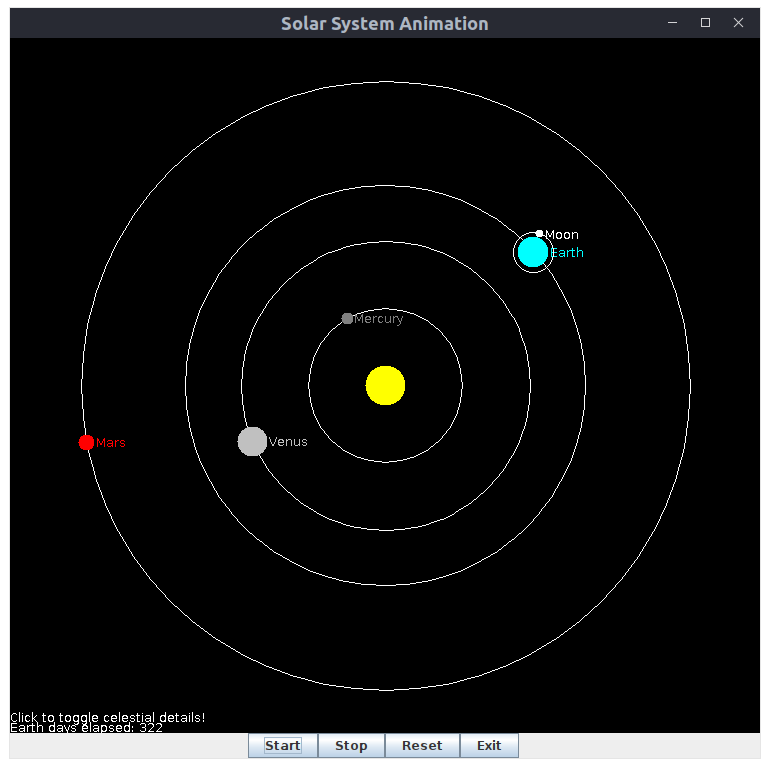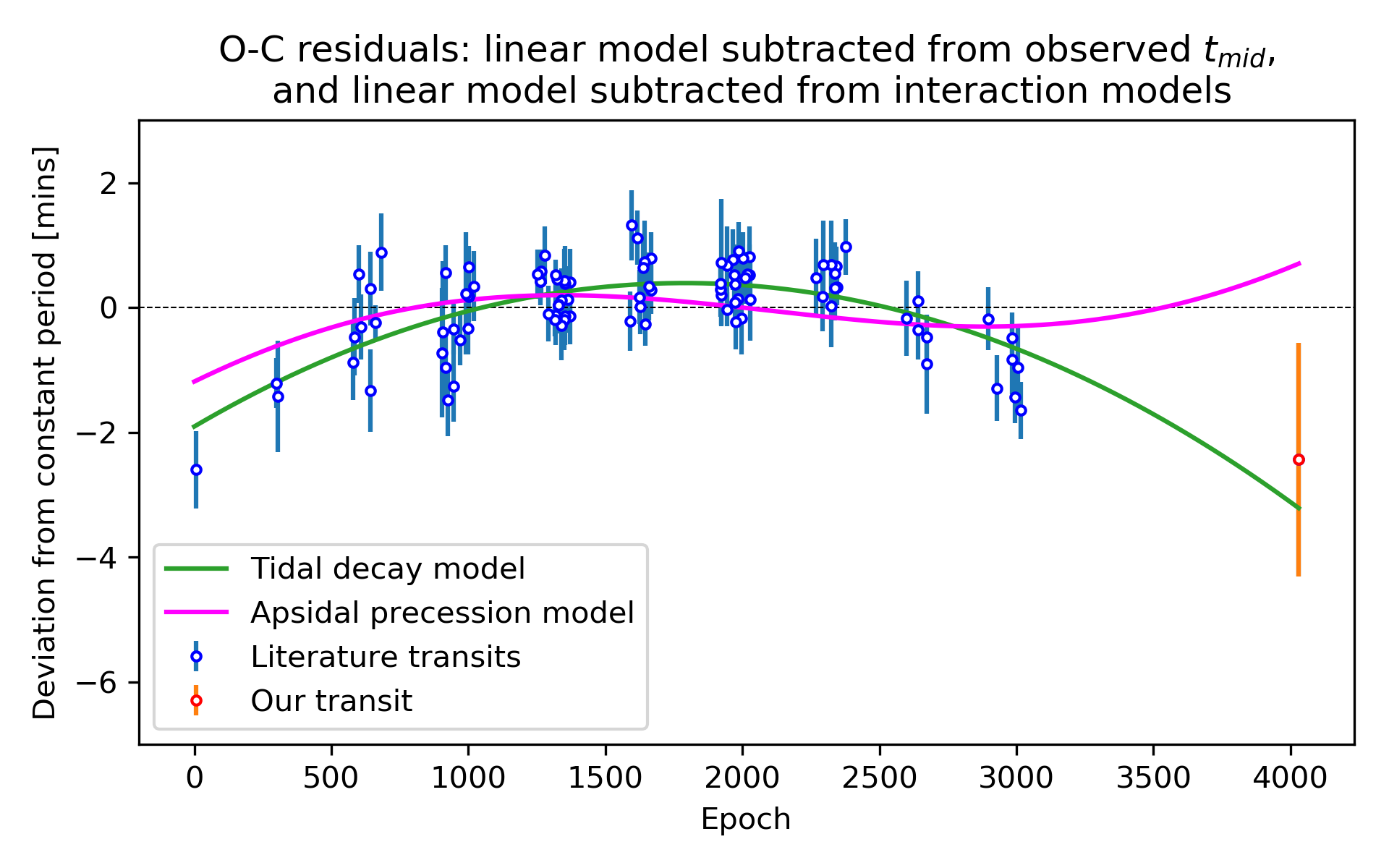Research Internship: Forecasting Intervals of Space Weather Impact on the UK
Published:
The internship is being supervised by Dr. Andy Smith and Mayur Bakrania of the Space Plasma Physics Group, at the Mullard Space Science Laboratory. Deep learning models will be used to forecast when there is risk of Geomagnetically Induced Currents (GICs). Variation in Earth’s magnetic field create GICs in long conductors, posing a risk to infrastructure. Therefore, the ability to predict substorms has a tangible benefit to many different fields. Mutual information between parameters, a relatively unexplored field in this context, has been used to help reduce duplicated information leading to over-fitting and longer training times. This has lead to neural networks being trained with Bz (GSM), velocity and AL index time-history to predict the AL index, of which a sudden drop can precipitate sub-storms. Different ML models and techniques are being investigated and used - currently LSTMs, GANs, logistic regression, gaussian naive bayes and neural networks have or will be explored. An application for a Royal Astronomical Society Undergraduate Summer Bursary has been made, to support the project.


